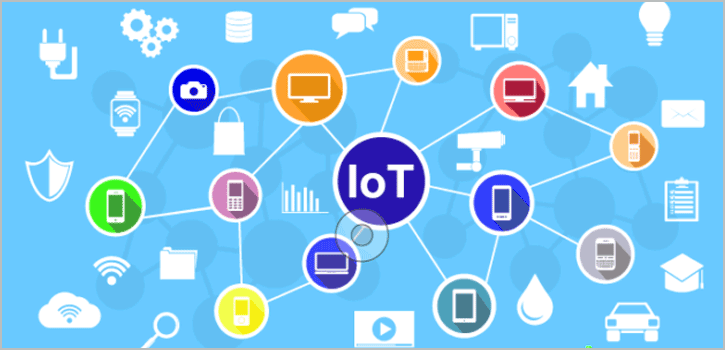Preparing Enterprise for Internet of Things
The lack of skilled IT workers is hurting the deployment of emerging technology, according to a new survey from Gartner. In areas from cloud to cybersecurity, this crisis is expected to last for years to come.

IoT refers to a
network of physical objects like home security systems, gaming consoles,
fitness bands, shipping containers and production equipment that can create,
receive and send data about the objects. A report by Gartner, cites that the
number of connected physical objects excluding PCs,
tablets and smart phones, will grow to 26 billion units in 2020. The enormous
amount of data generated by these objects is priceless for companies that are
mining it for insights and opportunities that can help them have an edge over
their competitors.
According to
a report by McKinsey Global
Institute, the value created by the global economic impact of IoT is $11
trillion per year by 2025, across sectors. To be able to seize the
opportunities thrown by IoT, companies are reviewing their technology stack and
updating it to support current and future Internet of Things devices and applications.
In this process, how they choose and
implement networks and network technologies is a crucial factor that determines
their success.
Infoblox commissioned
a survey to understand how the requirements
of the
IoT will affect enterprise networks and their administrators. Here are a few findings and
suggestions from the report:
Infrastructure
46% of the companies
surveyed said that they would attach the IoT devices to their existing network. The survey explains that this is because the existing
networks are already at full capacity.
Only 30% claimed to
have plans to create a separate logical network. When IoT devices are appended to existing
network, they get only the Internet access they require. Internal resources
like database servers and domain controllers remain inaccessible to them. Also,
such networks offer unpredictable performance and little prioritization. Therefore, it is high time businesses paid
attention to the network requirements of each IoT device, while allocating
network resources.
Challenges
Often, IT teams are
not involved in deciding the Internet of Things technologies the company should
invest in. And when the time to deploy the technologies comes, IT teams find the
task to be more challenging than what the purchasing department or the business
unit had anticipated. Lack of proper
interface, upgrade complexities and mismatch of target users are some routine
challenges network administrators face when deploying IoT technologies.
IoT technology
solutions are often open to security breaches. Most of them do not support
proper authentication mechanisms. This explains why 63% of respondents are
worried about the security risks posed by the IoT deployments in their company.
Planning
Network teams need to
be in a strong position to address the challenges that emerge with IoT
deployment. And to empower the teams, the management should involve network
managers in discussions around purchase and deployment of IoT devices. Network access policies must be set to
preserve the network security and ensure optimum utilisation of resources. More
importantly, network control and automation systems should be implemented in
such a way that they save network teams from getting overwhelmed by time
consuming manual tasks.
Share your comments on this Article:(0)
Leave a Reply
